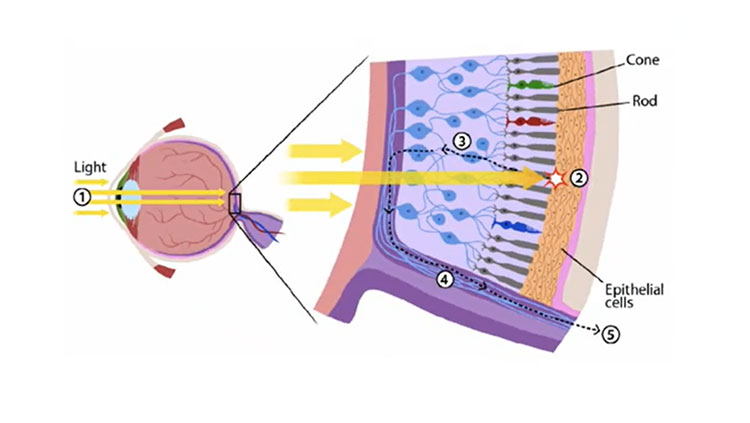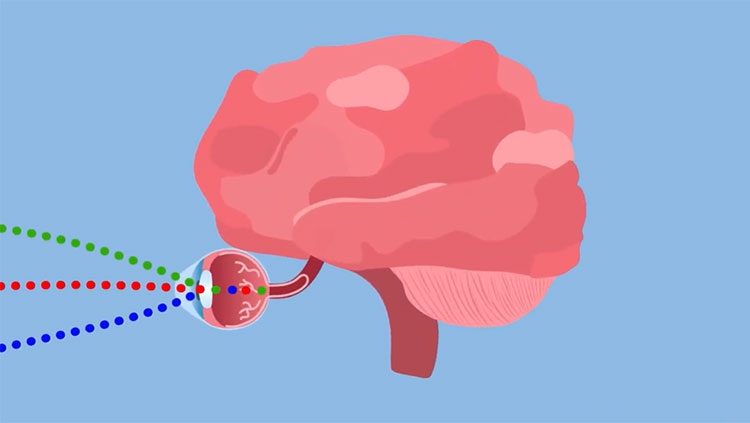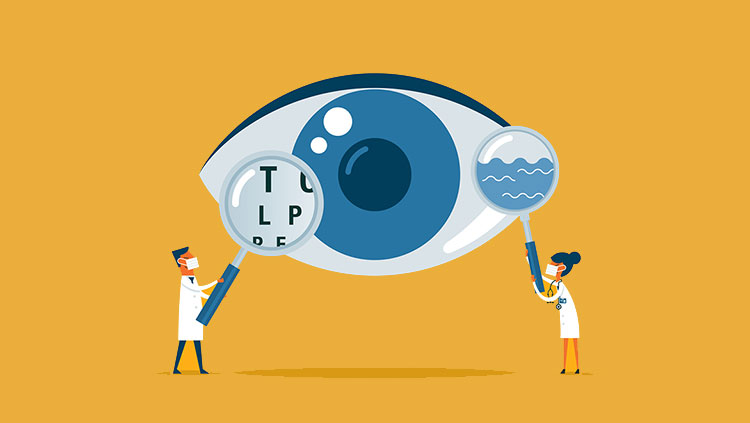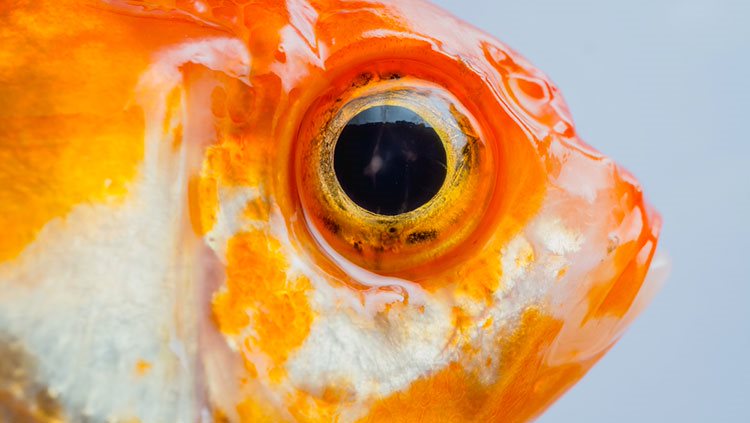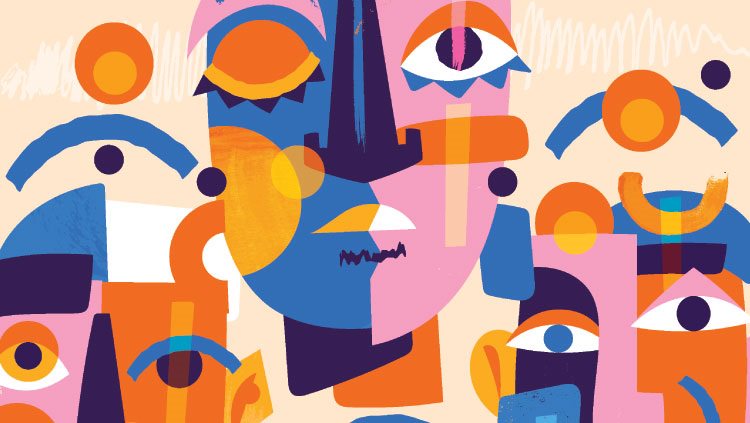Seeing Green
- Published9 Jul 2018
- Reviewed9 Jul 2018
- Author Charlie Wood
- Source BrainFacts/SfN
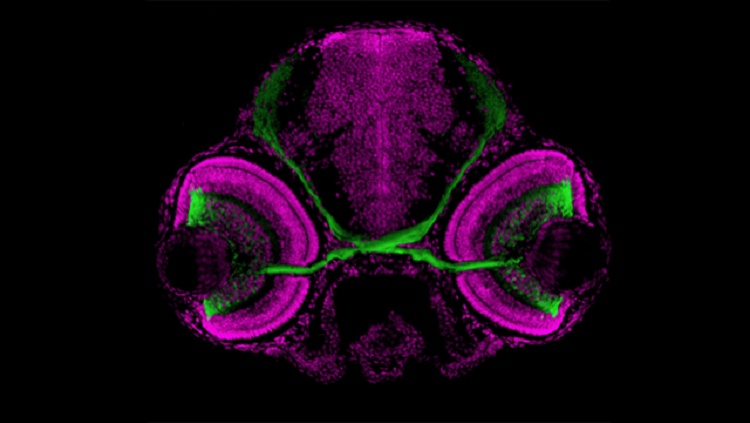
This above image highlights the zebrafish’s entire visual system with fluorescent green coloring. An image’s journey starts in the eyes, where vision receptors take in light from the fish’s surroundings. From there, each retina passes its data along the optic nerves — those thick green ropes that exit the eyes and cross in the middle on their way deeper into the brain. Finally, the optic nerves deliver the information to the optic tectum. This organ takes that input and turns it into an image the fish can understand.
The pathway inside your head is pretty similar, except the raw information from your eyes ends up in a more advanced area for interpretation: the visual cortex. We do have an optic tectum, although in humans and other primates it goes by a different name (the superior colliculus), and it mostly takes care of directing our gaze at interesting stuff around us.
CONTENT PROVIDED BY
BrainFacts/SfN
References
Leslie, M. (n.d.). How the Optic Tectum Stacks Up. Journal of Cell Biology, 211, 807-807. Retrieved July 9, 2018, from https://www.ncbi.nlm.nih.gov/pmc/articles/PMC4657180/.
Kustov, A. A., & Robinson, D. L. (n.d.). Shared neural control of attentional shifts and eye movements. Nature, 384, 74-77. Retrieved from https://www.nature.com/articles/384074a0.
Also In Vision
Trending
Popular articles on BrainFacts.org




